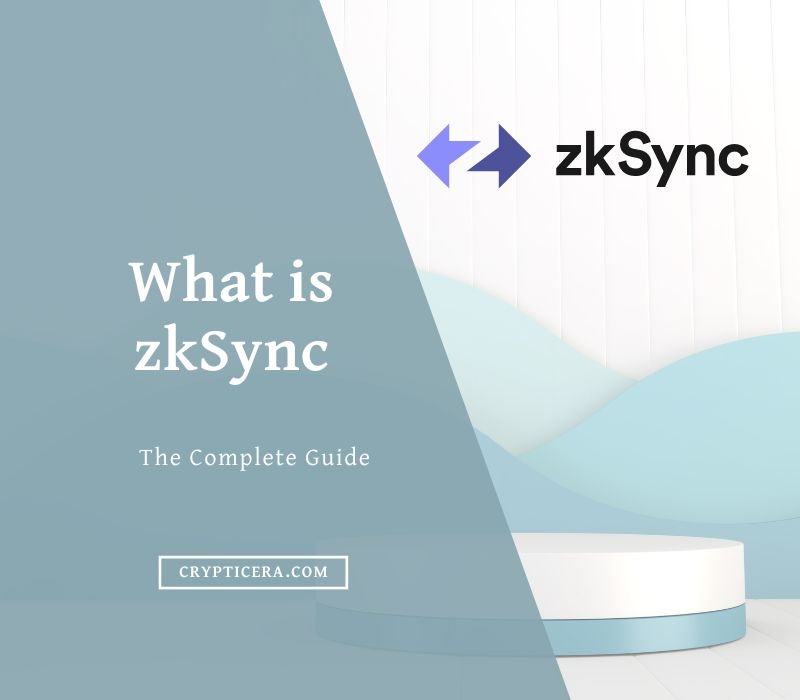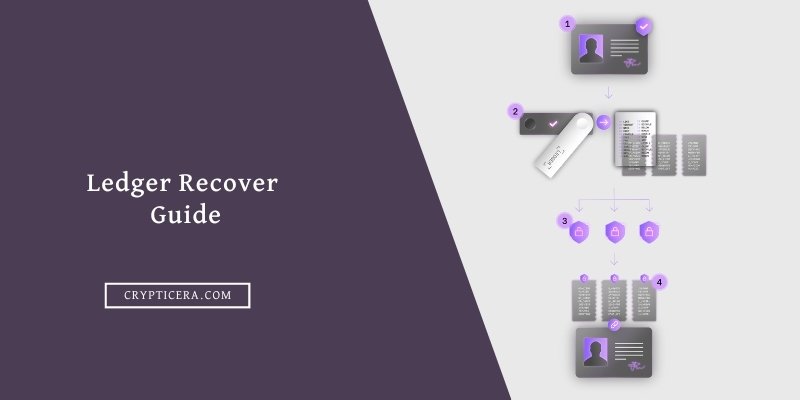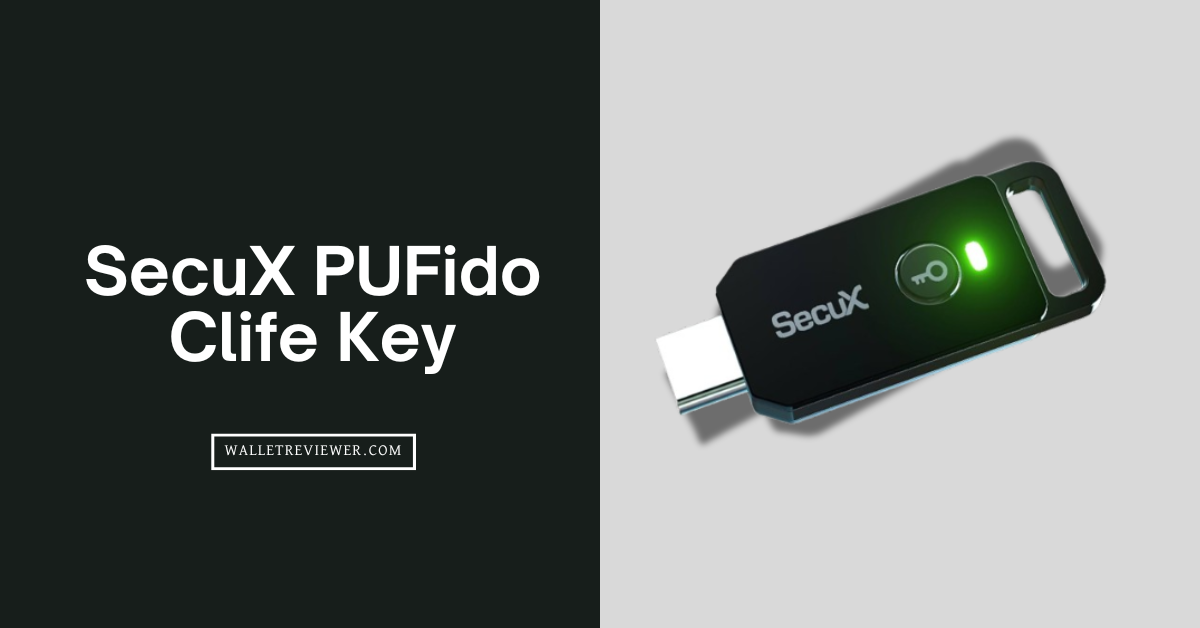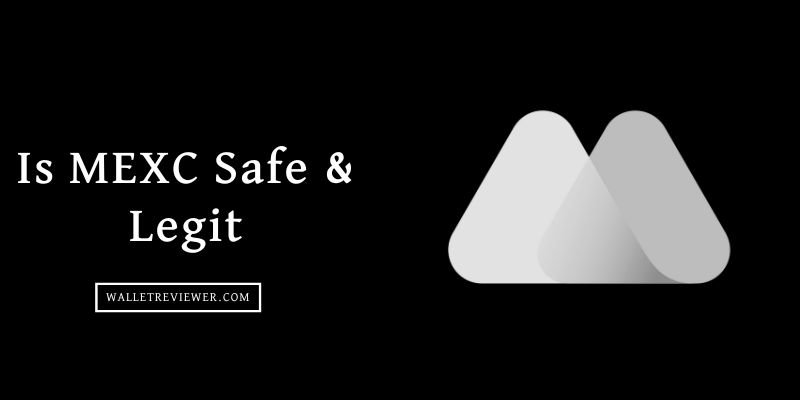The Future of Decentralized Transactions is Here! Say Goodbye to Slow and Expensive Ethereum Transactions and Hello to Lightning-Fast and Affordable Transactions with ZkSync.
In this blog post, we delve into the revolutionary world of ZkSync and discover how it’s set to change the game for decentralized transactions.
From its use of zk-Rollups to its real-world applications, we’ll explore everything you need to know about ZkSync and why it’s the talk of the town in the blockchain and DeFi community.
What is zkSync?
zkSync is a high-throughput, low-latency, and scalable layer-2 scaling solution for Ethereum. It is built on top of the Ethereum blockchain and uses zero-knowledge proofs to ensure that transactions can be executed off-chain while still being protected by the security guarantees of the Ethereum network.
This allows for faster and cheaper transactions, as well as the ability to handle a much higher volume of transactions compared to the Ethereum main chain.
zkSync also supports a variety of advanced features, such as smart contract execution, atomic swaps, and ERC-20 token transfers. With these capabilities, developers can build new decentralized applications that have the potential to scale to millions of users.
What is zkSync 2.0?
Matter Labs is advancing the development of zkSync 2.0, a ZK Rollup that incorporates compatibility with the Ethereum Virtual Machine (EVM) and is driven by their cutting-edge zkEVM technology.
Despite being a new endeavor, Matter Labs is no stranger to success in this field. Over the past two years, zkSync 1.0 has established itself as a leader in low-cost and secure payment services, achieving a 50-fold reduction in costs and processing a remarkable 4 million transactions.
Furthermore, it has been the preferred choice for 98% of all transactions during the last four Gitcoin grant rounds.
Key Features of zkSync
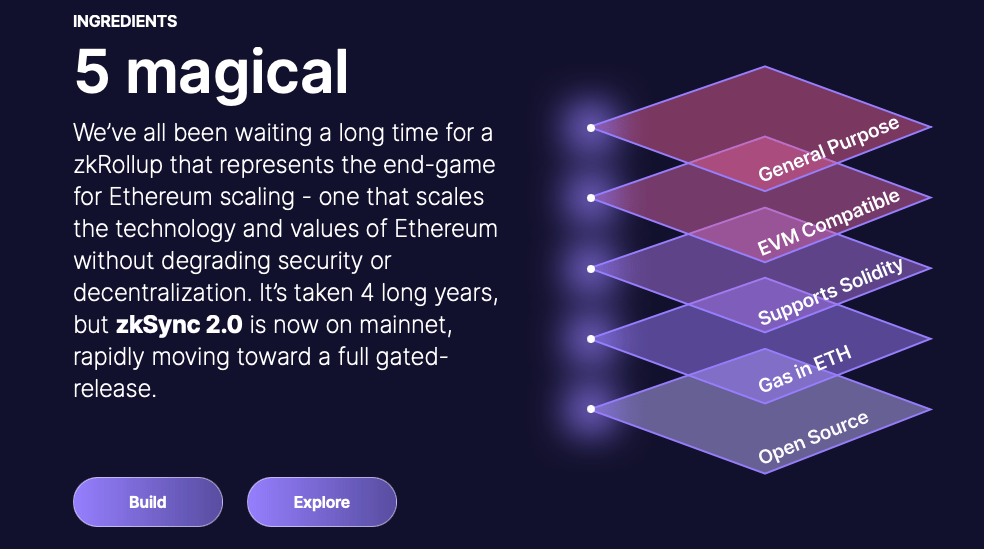
zkSync is a high-performance scaling solution for Ethereum-based decentralized applications (dApps). Here are five key features:
- Scalability: zkSync allows dApps to handle hundreds of thousands of transactions per second. This improves their transaction throughput.
- Security: zkSync uses zk-SNARKs, a zero-knowledge proof system. This enhances the privacy and security of transactions on the Ethereum network.
- Interoperability: zkSync integrates with existing dApps and decentralized exchanges. This allows for compatibility with existing infrastructure while taking advantage of scalability benefits.
- Ease of Use: zkSync has a simple API and developer-friendly tools. This makes it easy for developers to integrate their dApps with the platform.
- Cost-Efficiency: zkSync reduces transaction costs. Users can batch transactions into a single proof, reducing the overall gas cost of transactions.
How does zkSync work?
It works by using zk-rollups, which bundle many transactions into a single, compressed transaction that is verified by a trusted off-chain computation.
zkEVM
zk-EVM is an extension of the Ethereum Virtual Machine that provides privacy to smart contract execution. It uses zero-knowledge proofs to verify computations without revealing any information about the inputs.
zk-EVM creates a cryptographic commitment to the inputs and outputs of a smart contract and then uses zero-knowledge proofs to verify the computation. The results are verified and auditable, but the actual inputs and outputs are kept confidential.
This added privacy opens up new possibilities for decentralized applications, including financial transactions, supply chain management, and voting systems. zk-EVM is a key component of the trend toward privacy-enhancing technology in the blockchain space.
ZK-Rollup?
A ZK Rollup is a type of layer 2 scaling solution for blockchain networks, specifically for Ethereum. It enables off-chain transactions to be bundled and then recorded on-chain in a single transaction, thereby increasing the overall transaction capacity of the network.
ZK Rollup gets its name from the use of zero-knowledge proofs, which are cryptographic proofs that allow for the validation of data without revealing the underlying information.
Must Read: zk Rollup vs Optimistic Rollups
zkSync Programming Language
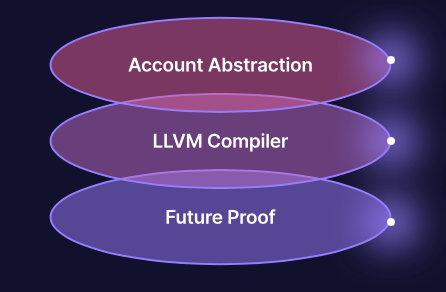
It supports the use of both Solidity and Vyper, two popular programming languages for Ethereum EVM, and has an LLVM compiler that will allow for integration with other libraries written in other programming languages like Rust, C++, and Swift.
This means that projects built on zkSync 2.0 will have the ability to use a wider range of tools and resources in the future.
Additionally, zkSync 2.0 is designed with future-proofing in mind and will be compatible with a future Layer 3 solution that the developers plan to launch.
Must Read: Top 5 zk-Rollup Projects
zkSync Airdrop
zkSync plans to release a native token in the future. Trying out the mainnet and testnet could potentially qualify you for a future zkSync airdrop.
To participate, connect your Ethereum wallet to the zkSync mainnet, make swaps on the platform, and consider using Ramp to fund your L2 wallet. On the testnet, connect your Metamask wallet and acquire some Goerli test ETH.
Experiment with the deposit, transfer, and withdrawal options, as well as the “Faucet” option to receive test tokens. You may also increase your chances of getting an airdrop by using zkSync-based dapps or bridging assets between Layer 1 and Layer 2 with Orbiter Finance.
However, it is important to note that there are no guarantees of an airdrop or a token release, and it is all speculative.
zkSync Ecosystem

The zkEcosystem encompasses a number of different coins and tokens that are built on top of or interact with the zkSync protocol. Some of the notable coins and tokens in the zkEcosystem include:
- Loopring (LRC): A token that is used to pay fees on the Loopring decentralized exchange, which is built on top of the zkSync protocol.
- Yearn Finance (YFI): Yearn Finance is a decentralized finance (DeFi) platform that provides yield optimization and other financial services to users. It has recently started exploring the use of zkSync for faster and cheaper transactions.
- Ramp: Ramp is a platform that provides an easy and user-friendly way to buy, sell, and trade cryptocurrencies, including those built on top of zkSync.
- Aragon: Aragon is a decentralized platform that allows users to easily create and manage decentralized organizations (dApps). Aragon is exploring the use of zkSync to provide faster and cheaper transactions for its users.
- Math Wallet: Math Wallet is a multi-chain non-custodial wallet that supports multiple cryptocurrencies, including those built on top of zkSync. Math Wallet provides users with a secure and user-friendly way to manage their digital assets.
Read More on their Official Website about zkSync Ecosystem Coins and Tokens
Conclusion
ZkSync is a powerful technology that offers a promising solution to the scalability issues faced by Ethereum and other blockchain networks.
With its ability to enable fast and cheap transactions without sacrificing security, ZkSync has the potential to revolutionize the world of decentralized finance and beyond.
The future is bright for ZkSync, and we look forward to seeing its continued growth and adoption in the years to come.
